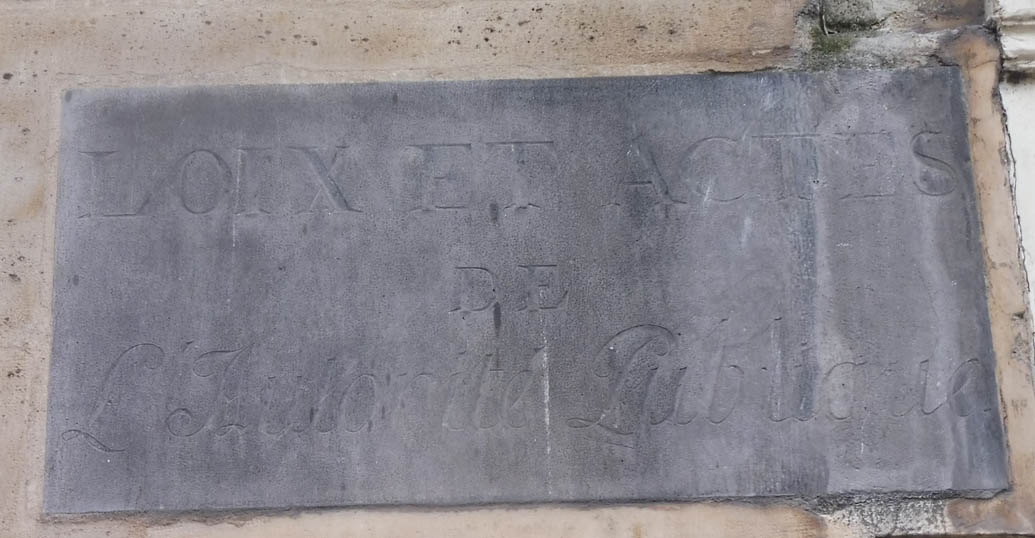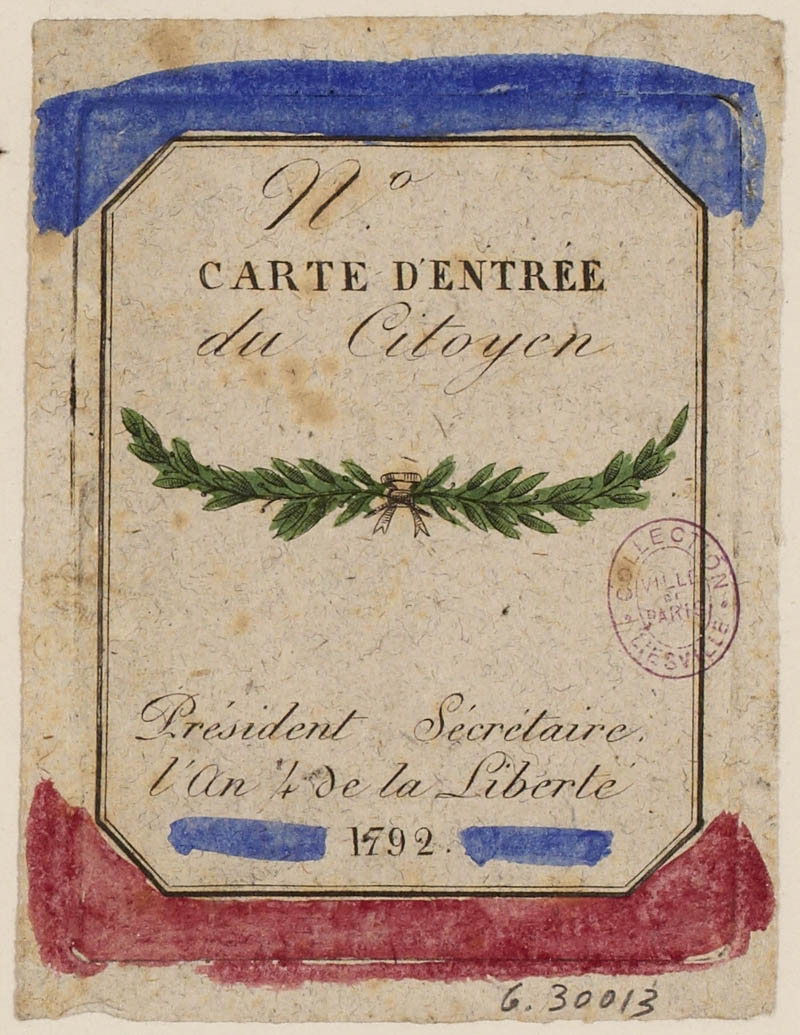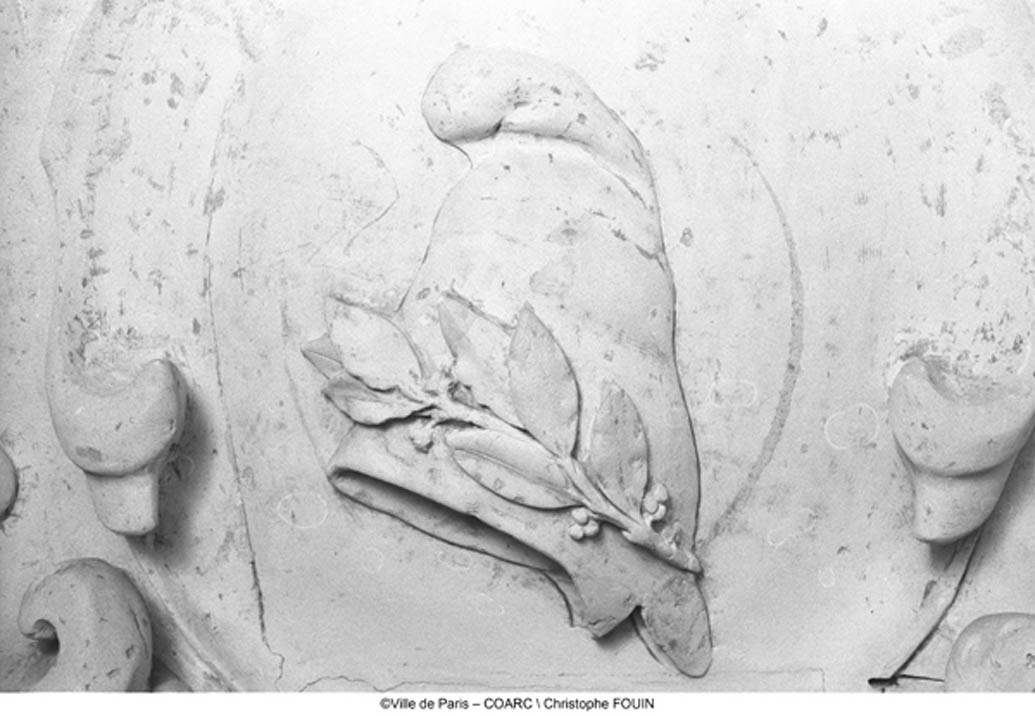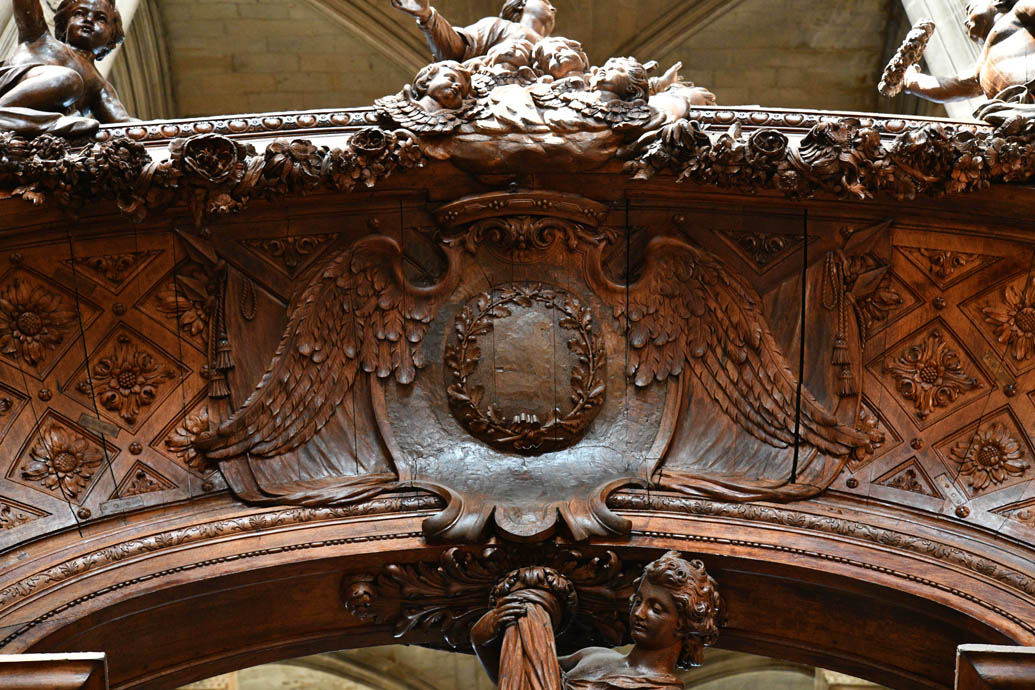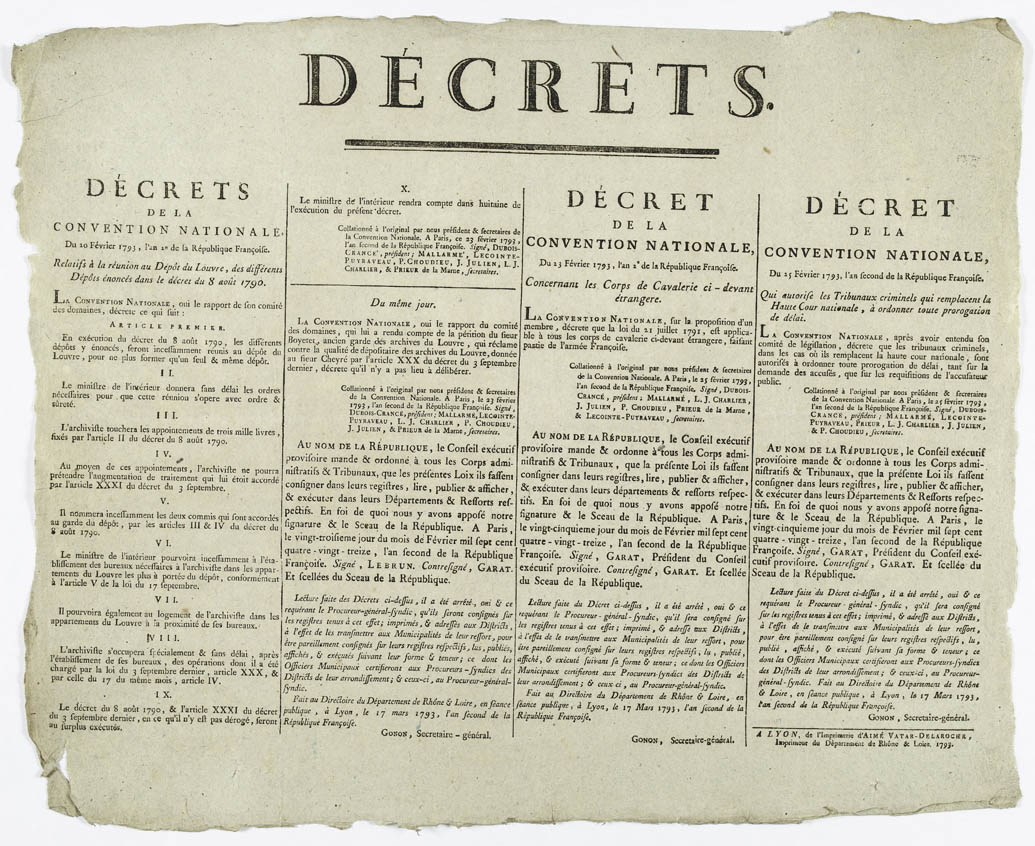A Revolutionary Club
Since the 19th century, the “Temple of the Marais” has been dedicated to the Protestant faith. However, under the Ancien Régime, it formed only a portion of the large Visitandines convent. With the Revolution and the nationalization of the clergy’s property, the convent was sold and destroyed. The sisters were therefore forced to leave. The church then hosted the meetings of a revolutionary club. It was not easy to find places where it was possible to assemble together inside: churches and convents were thereby used as meeting places, before being returned once again, after the Revolution was over, to their former usage. Théroigne de Méricourt, one of the most famous women from the Revolution, once belonged to this club.
Location
ItineraryIn front of the Temple of the Marais, 17 rue Saint-Antoine
Suggestion
The Bastille and its neighborhood
A Cemetery for those Executed by the Guillotine
To find out more…
The Revolution or the art of recycling
In 1793, a decree ordered the removal of obviously superstitious symbols, including inside public buildings. Since they had hosted political assemblies since 1789, churches were affected by this measure: religious symbols should not influence the nature of the debates! The meeting sites must be free of any influence: this was the beginning of secularism. Rather than destroy, sculptors and workers in charge of applying this measure often preferred to convert religious décor into Republican decoration: in the former Chapel of the Visitandines, they succeeded in transforming Mary’s heart into a Phrygian cap, a symbol of liberty! Another example can be seen in Saint-Eustache church, where a wooden Phrygian cap was sculpted above the arch supporting the Apotheosis of Saint Agnes and a crucifix!
Churches, places to get information
After mass, it was time for the news of the day! Several black plaques bearing the phrase “Laws and Acts of Public Authority” remain visible on the walls of several churches in Paris (like the Saint-Gervais church, located not far from here, on the square of the same name). These objects are a reminder that, even under the Ancien Régime, it was in church where the French people learned specific news or certain important laws were announced. With the Revolution, the public posting of decrees was made obligatory so that no one was unaware of the law. Out of habit, but also because most people continued to go to mass, church walls were often chosen by the authorities in order to affix these black plaques, visible from afar.


